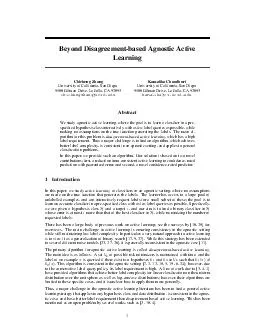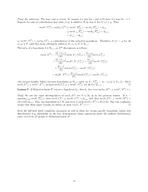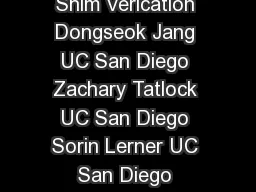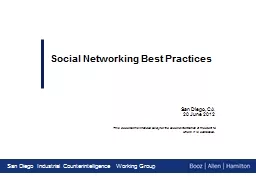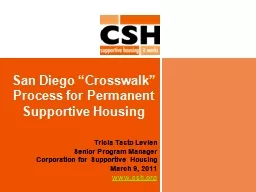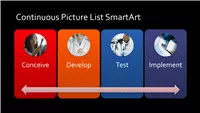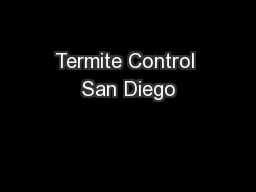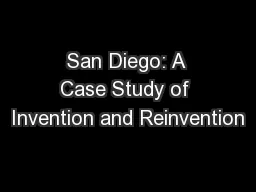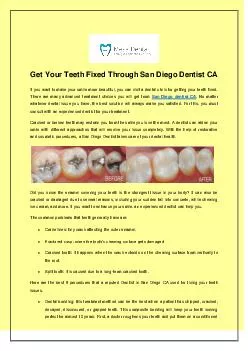PDF-Beyond Disagreementbased Agnostic Active Learning Chicheng Zhang University of California
Author : myesha-ticknor | Published Date : 2015-03-17
edu Kamalika Chaudhuri University of California San Diego 9500 Gilman Drive La Jolla CA 92093 kamalikacsucsdedu Abstract We study agnostic active learning where
Presentation Embed Code
Download Presentation
Download Presentation The PPT/PDF document "Beyond Disagreementbased Agnostic Active..." is the property of its rightful owner. Permission is granted to download and print the materials on this website for personal, non-commercial use only, and to display it on your personal computer provided you do not modify the materials and that you retain all copyright notices contained in the materials. By downloading content from our website, you accept the terms of this agreement.
Beyond Disagreementbased Agnostic Active Learning Chicheng Zhang University of California: Transcript
Download Rules Of Document
"Beyond Disagreementbased Agnostic Active Learning Chicheng Zhang University of California"The content belongs to its owner. You may download and print it for personal use, without modification, and keep all copyright notices. By downloading, you agree to these terms.
Related Documents

